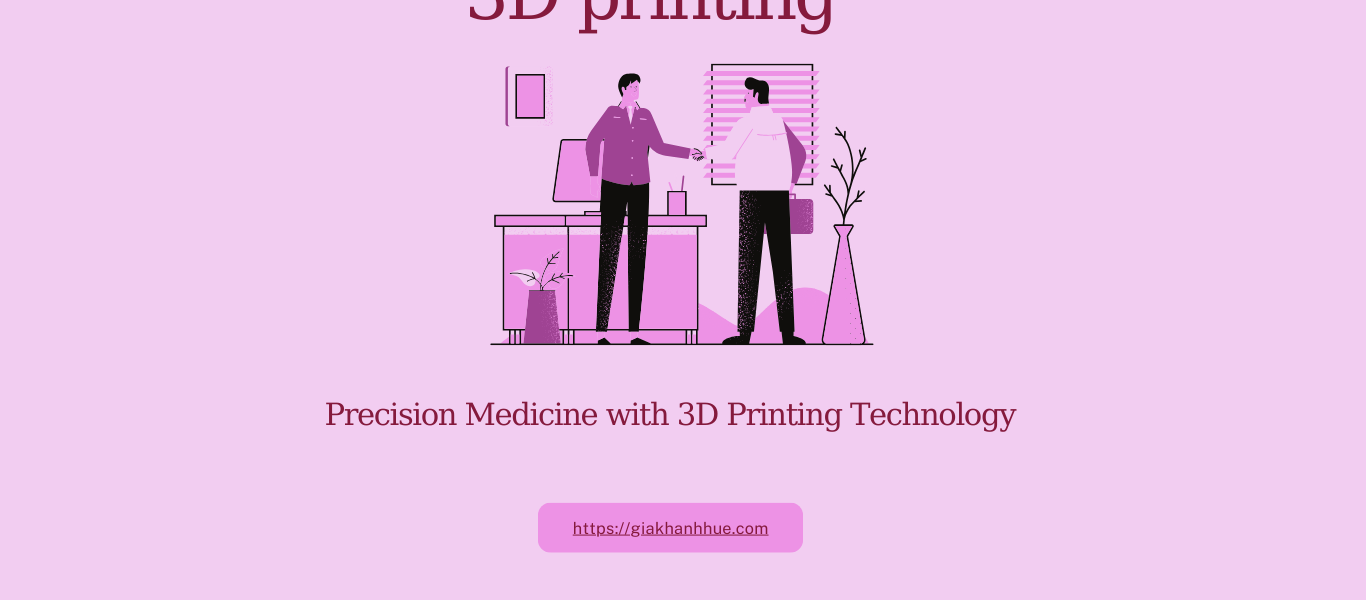The integration of 3D printing technology into the healthcare sector marks a significant stride towards precision medicine, a form of care that tailors treatment to the individual patient. This technological innovation is not just a shift in medical equipment production; it represents a fundamental change in patient diagnosis, treatment, and management. 3D printing, also known as additive manufacturing, is paving the way for customized healthcare solutions, making treatment more efficient and patient-specific.
Revolutionizing Customized Healthcare
3D printing’s capability to produce objects layer by layer allows for the creation of medical devices and tools tailored to the unique anatomy of each patient. This customization is crucial in various medical fields, including orthopedics, dentistry, and prosthetics, where a one-size-fits-all approach is often insufficient. Custom-made implants and prosthetics manufactured through 3D printing fit better, function more efficiently, and offer greater comfort to patients, thereby enhancing the overall effectiveness of the treatment.
Advancements in Tissue Engineering
One of the most exciting applications of 3D printing technology in medicine is in the field of tissue engineering. With the ability to print biological materials, researchers are now developing techniques to create tissues and organoids. These advancements have significant implications for regenerative medicine, offering potential solutions for tissue repair and organ replacement, drastically reducing the dependency on organ donors.
Enhancing Surgical Precision and Planning
3D printing also plays a pivotal role in surgical planning. Surgeons can use 3D-printed models of a patient’s organs to gain a comprehensive understanding of the area to be operated on, allowing for more precise and less invasive surgeries. This not only improves the outcomes of surgical procedures but also shortens recovery times for patients.
Challenges in Implementation
While the benefits of 3D printing in precision medicine are clear, there are challenges in its implementation, including the cost of the technology, the need for specialized training, and regulatory hurdles. However, as the technology advances and becomes more accessible, these challenges are likely to be overcome, leading to wider adoption in healthcare.
The Future of Drug Development
In the pharmaceutical industry, 3D printing promises to revolutionize drug development and personalization. The technology enables the printing of drugs in specific dosages and release profiles, tailored to the individual needs of the patient. This customization can lead to more effective treatment regimens with fewer side effects, a significant step forward in personalized medicine.

